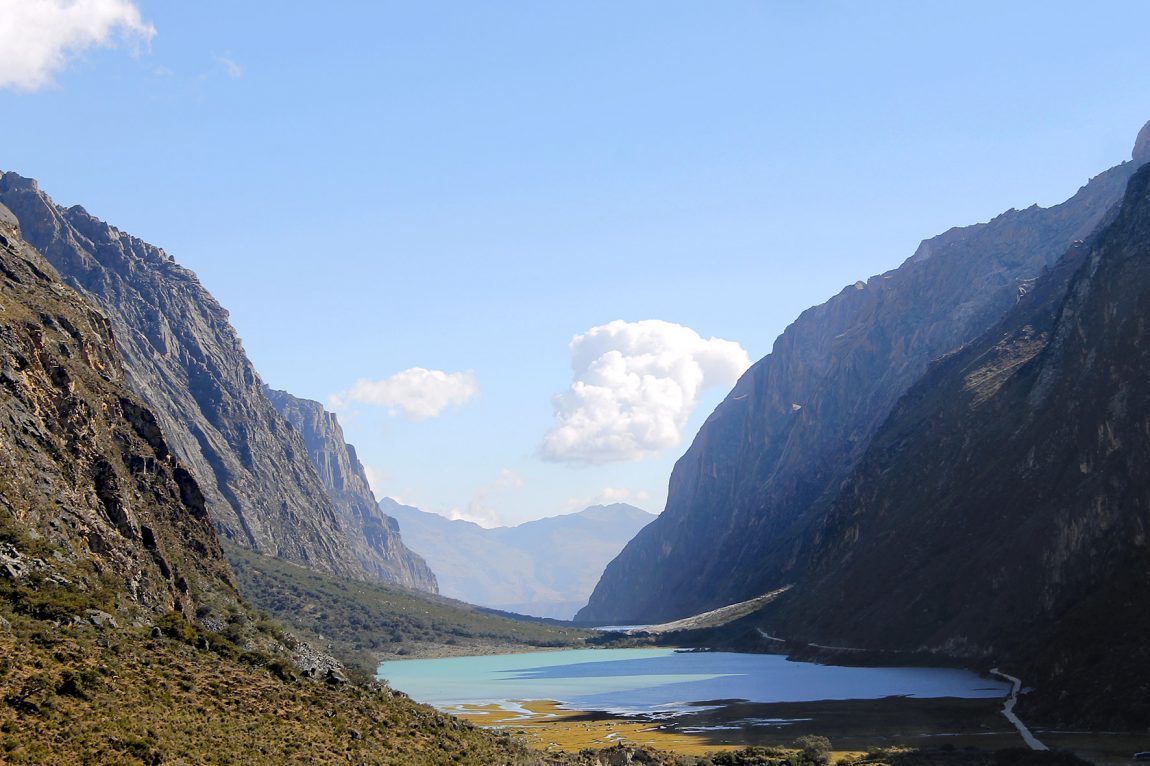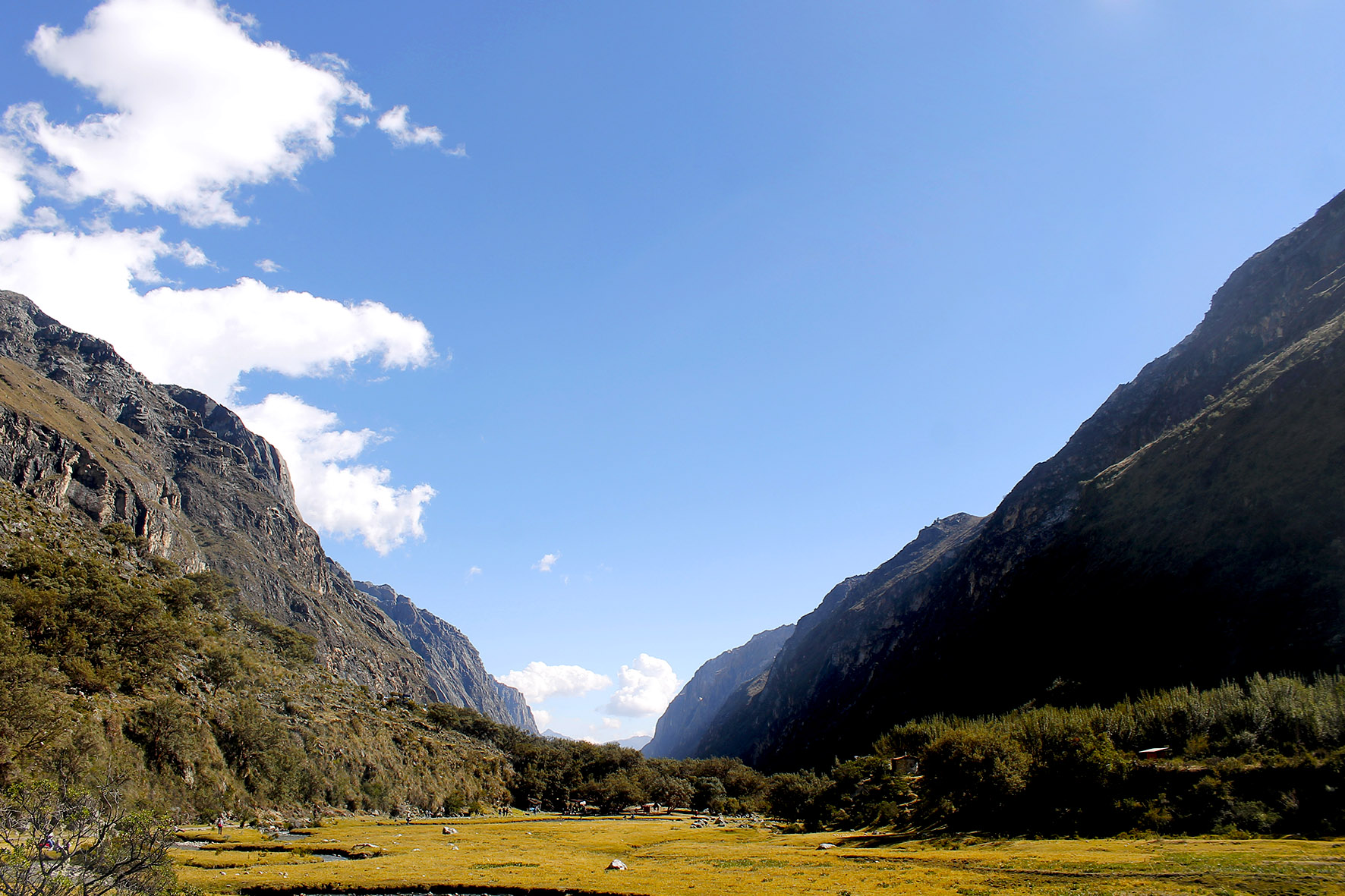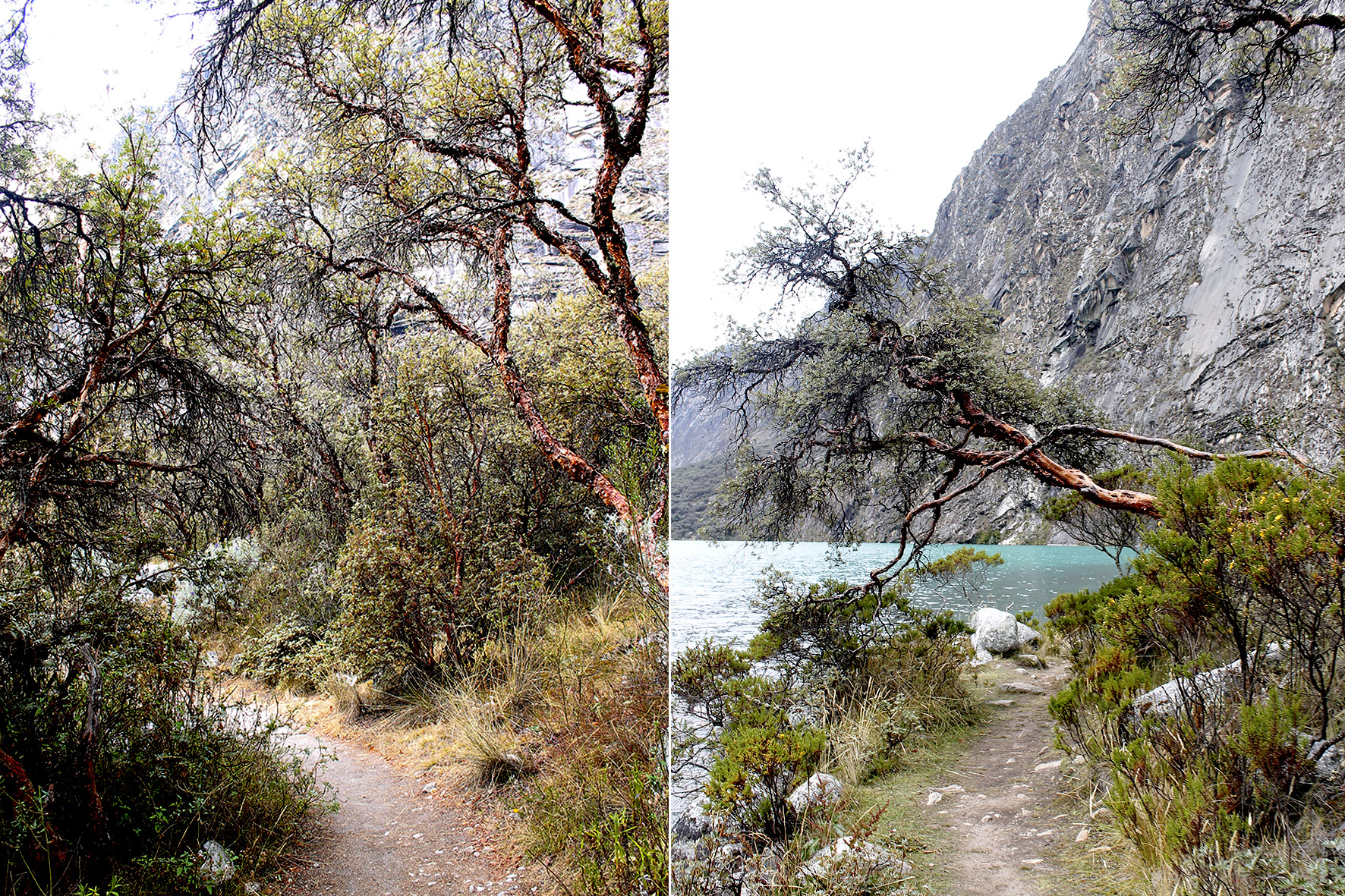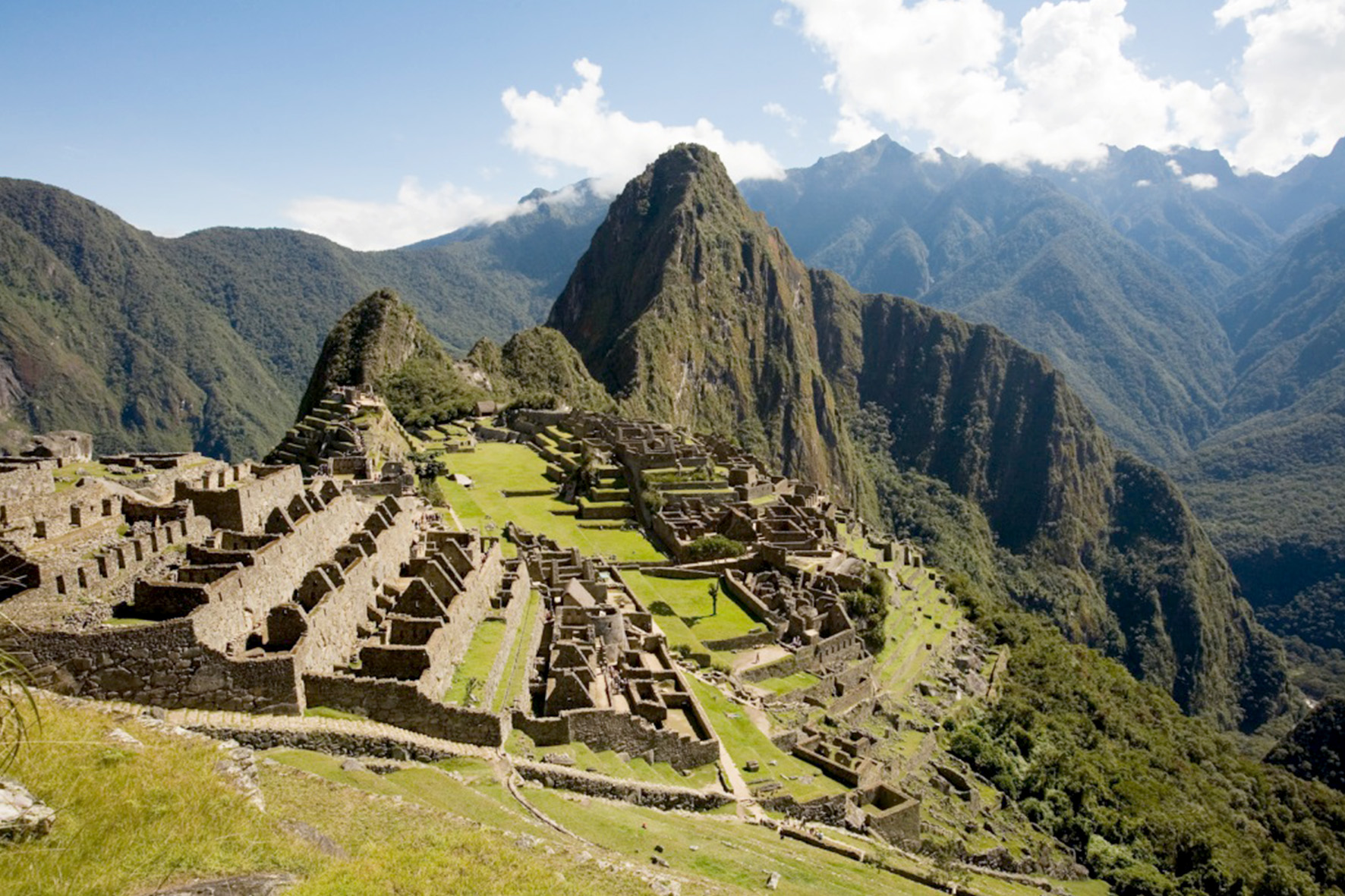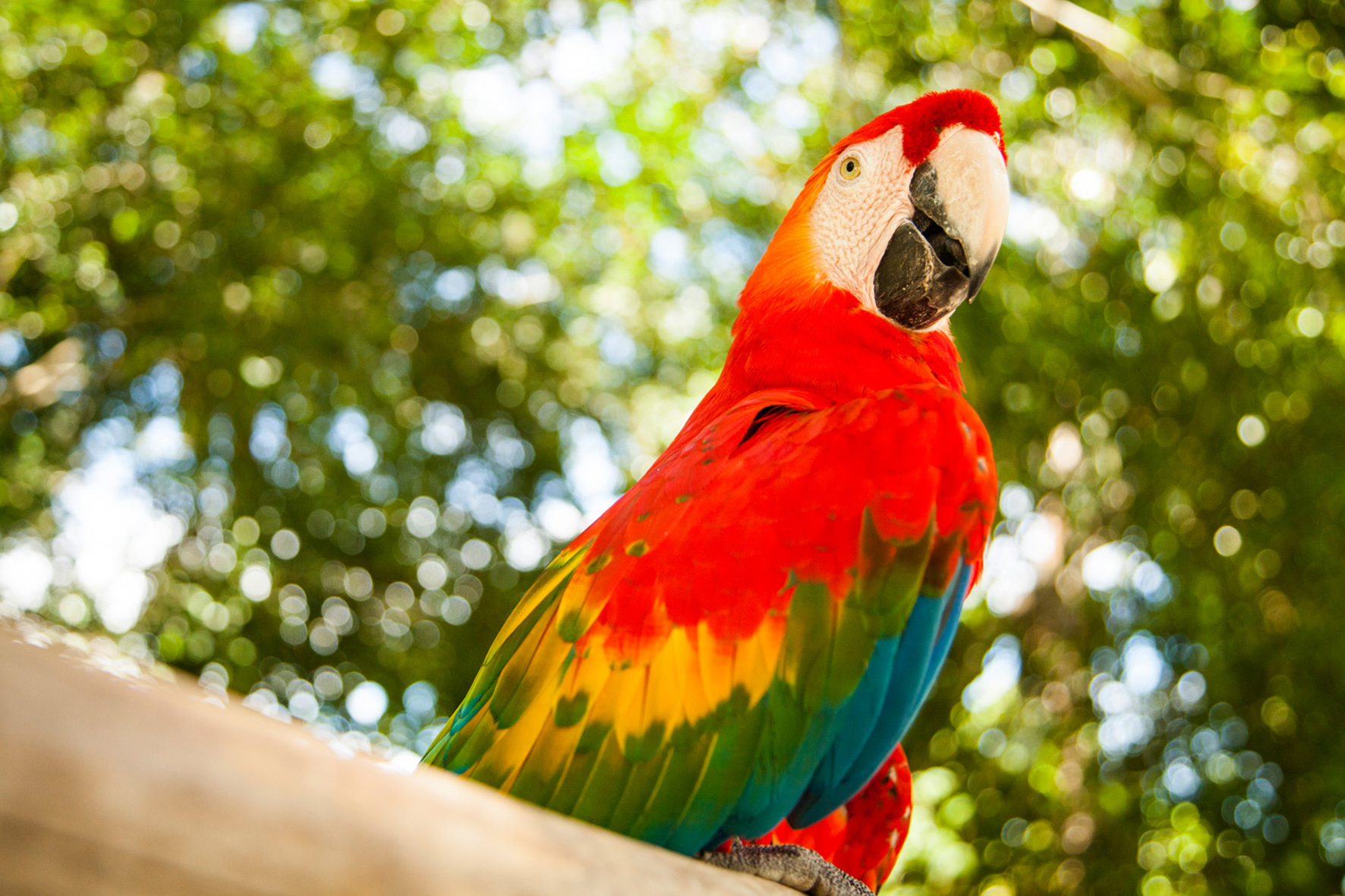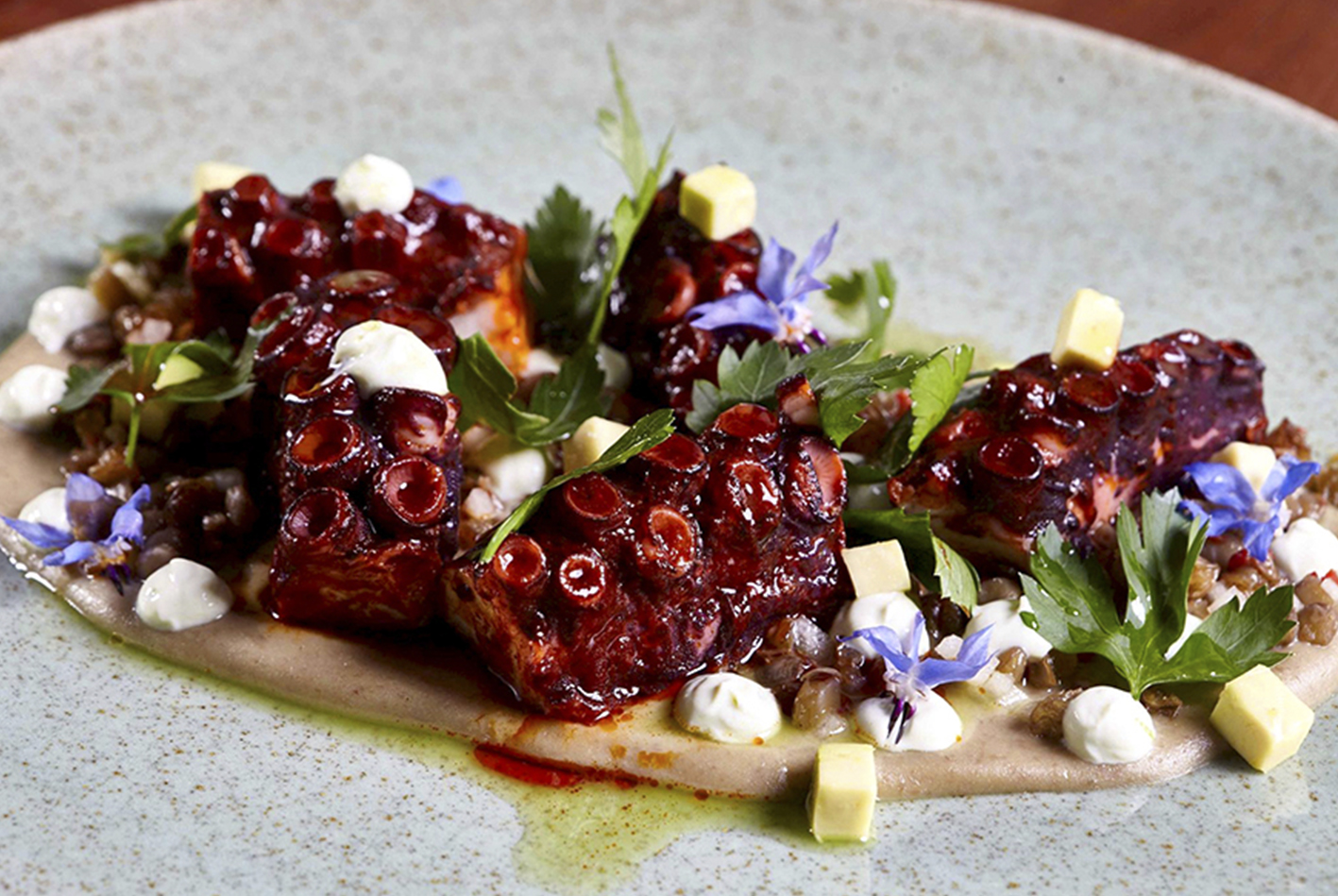Planning a trip to Peru soon and want to feel merged into the local culture? Do you want to “sound” like a Peruvian while you are talking to people in the streets, in the shops or at the restaurant? Here some slang words and phrases you should definitely learn before embarking on your Peruvian adventure!

We tried to create a usefule list for no-Spanish speaking travelers but also for people who can speak Spanish but obviously not the Peruvian way. Like any country of Latin America, also Peru has its own peculiar slang words and phrases that actually only Peruvians can understand. For instance if an Argentinian come to Peru for a leisure trip or for work, he/she will also encounter some problems with slang words and phrases Peruvians use.
- Chevere: let’s start with the most used slangword! This word is used to say that somenthing is cool, for example (“ese polo,te queda chevere” means “this tshirt looks good on you”) or that we are cool (“estamo chevere” means “we are ok”). You will listen to this word in the street, restaurants, basically everywhere.

- Plata: in Spanish languange this word means silver, but in Peru it means money! This is also a word you will listen everywhere, since Peruvians never do anything if you do not pay them. “Plata” is what make the country goes round and people do things for you. So, the use could be something like: “Tienes plata?” which means “Have you got money?”, or “es mucha plata”, which means “that’s too expensive”.

- Bacán: this word also has a positive meaning like chevere, it is used to express a favorable opinion on somenthign or someone. “Está bacan” means “It’s cool”.
- Chela: you cannot have a great and fun trip if you do not know this word! “Chela” means “beer”, so you will listen to “¿Quieres una chela?” which means “Do you want a beer?” or “Vamos por unas chelas”, which means “”Let’s go for some beers”. Remeber: Peruvians never go out for only one beer or drink, they prefer to use the plural! 😀 Peruvians also use the verb “chelear”, which means “the act of drinking beer”.
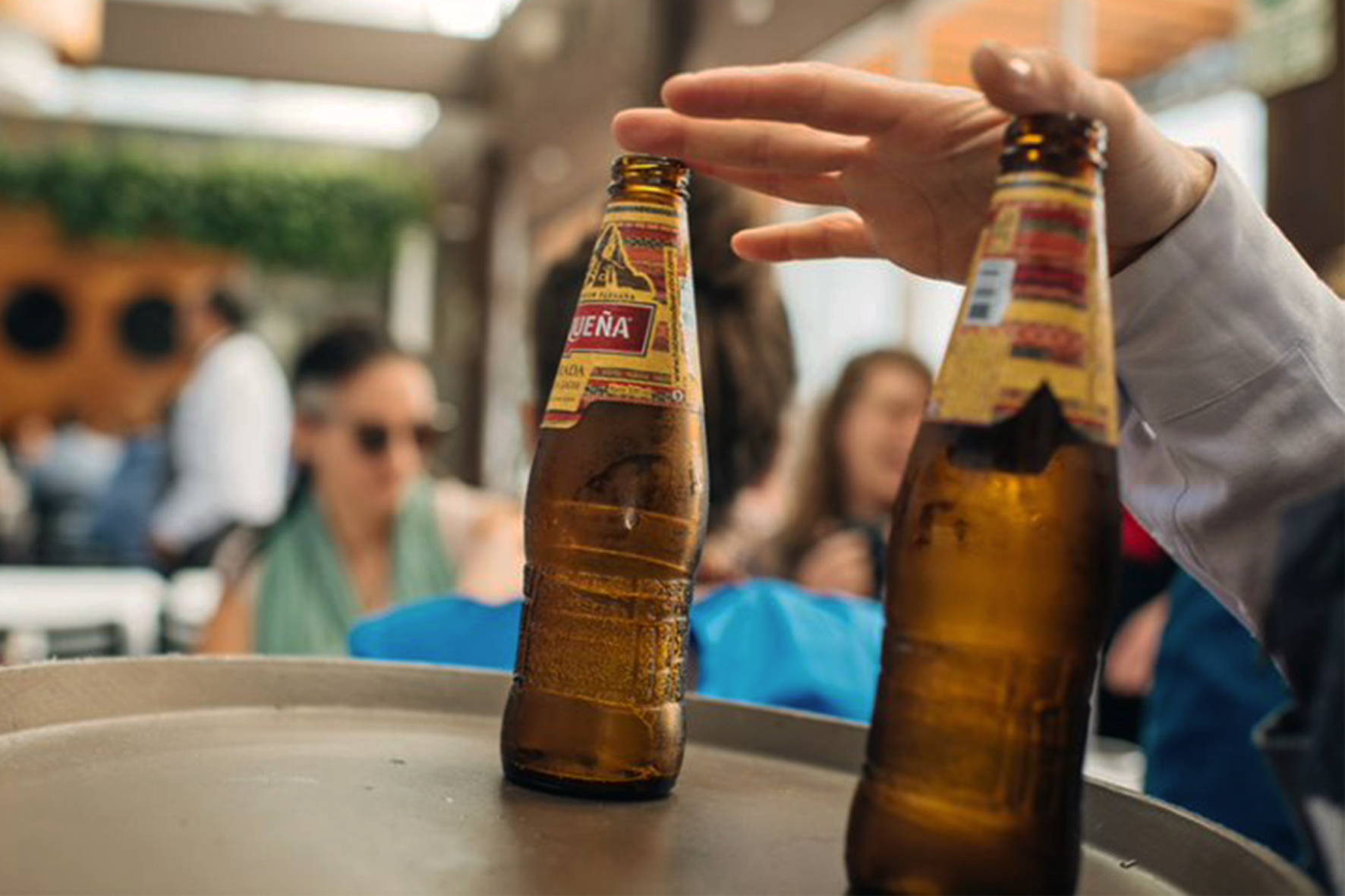

- Pata: literally in Spanish this word means leg, but in Peru it means close friend. So you will listen to: “El es mi pata” with means “He’s my pal”. The word can be used with male or female.

- Luca: it could be definitely a name, but in Peru it means Sol, the local currency. So you will probably listen to two friends saying: “¿Tienes un luca? Or ¿Tienes cinco lucas”, which respectively mean “Do you have a Sol?” and “Do you have five Soles?”. This word comes from Spanish gipsy word for Soles.

- Chamba: this word means “job” and Peruvians also use the verb “chambear” wich means “to work”, so you will probably listen to expressions such as: “Estoy en chamba”, which menas “estoy trabajando” or “Tengo que chambear” which means “I have to work”.


- Tono: this word means party, so the expression “vamos a un tono” means “Let’s go to a party”. Peruvians also use the verb “tonear”. Another word Peruvians use for party is “juerga” and the verb “juerguear”. So the expression “Vamos de juerga”, which means “Let’s go to a party” is quite common as well.

- Al toque: it is a peculiar expression used by Peruvians to say “right away” or “straight away”. For instance the expression “Hazlo al toque!” means “Do it right away”.
- En un rato: this is also a very common expression you will listen to, but actually it is quite difficult to undestand what exactly “rato” means for Peruvians. It could be 10 minutes, half an hour, a hour, 3 hours, so sometimes could be hard. So the expression “Voy en un rato” means “ I wil be there soon”, but be aware you might wait more than an hour! Let’s be honest Peruvians are famous for not being on-time.
- Yapa: this word means “something extra for free”. So if you are buying somenthing like fruit or veggie you ask for yapa, usually an extra lemon or tomato.

After our survivor Peruvian slang course for beginners you will be able to undestand few words Peruvians often use. Stay tuned that will definitely post more slang words nd phrases soon!


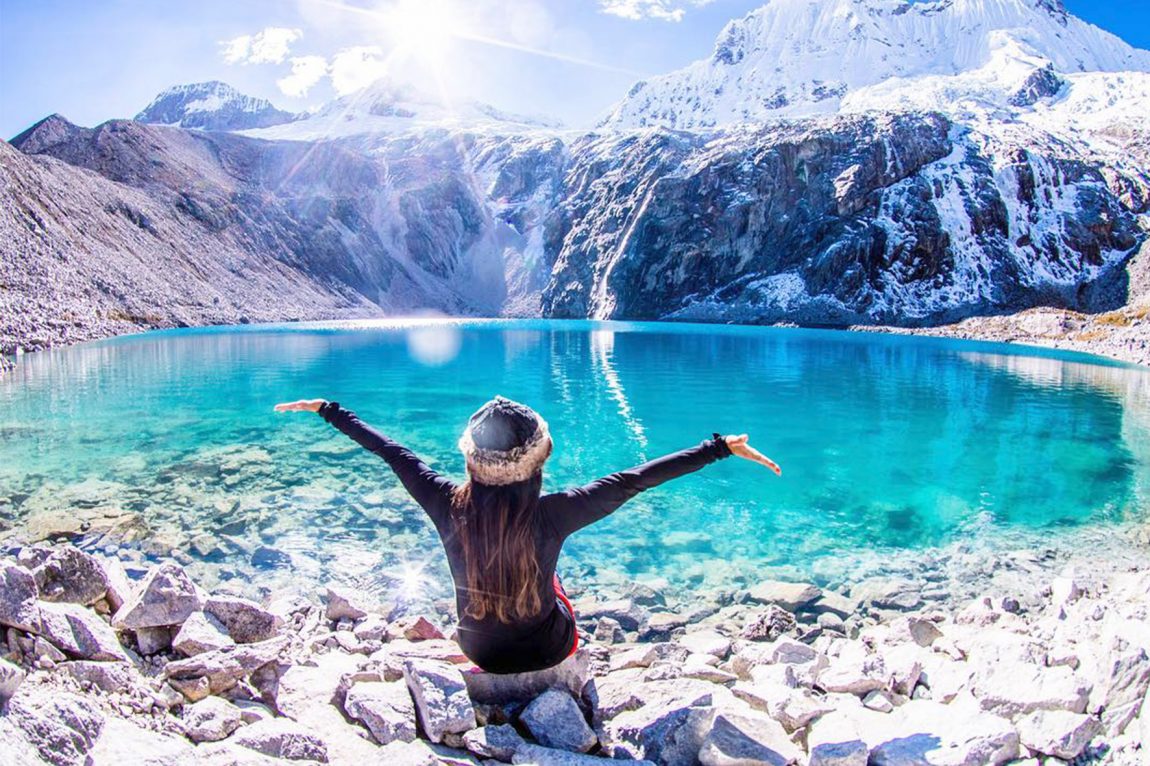





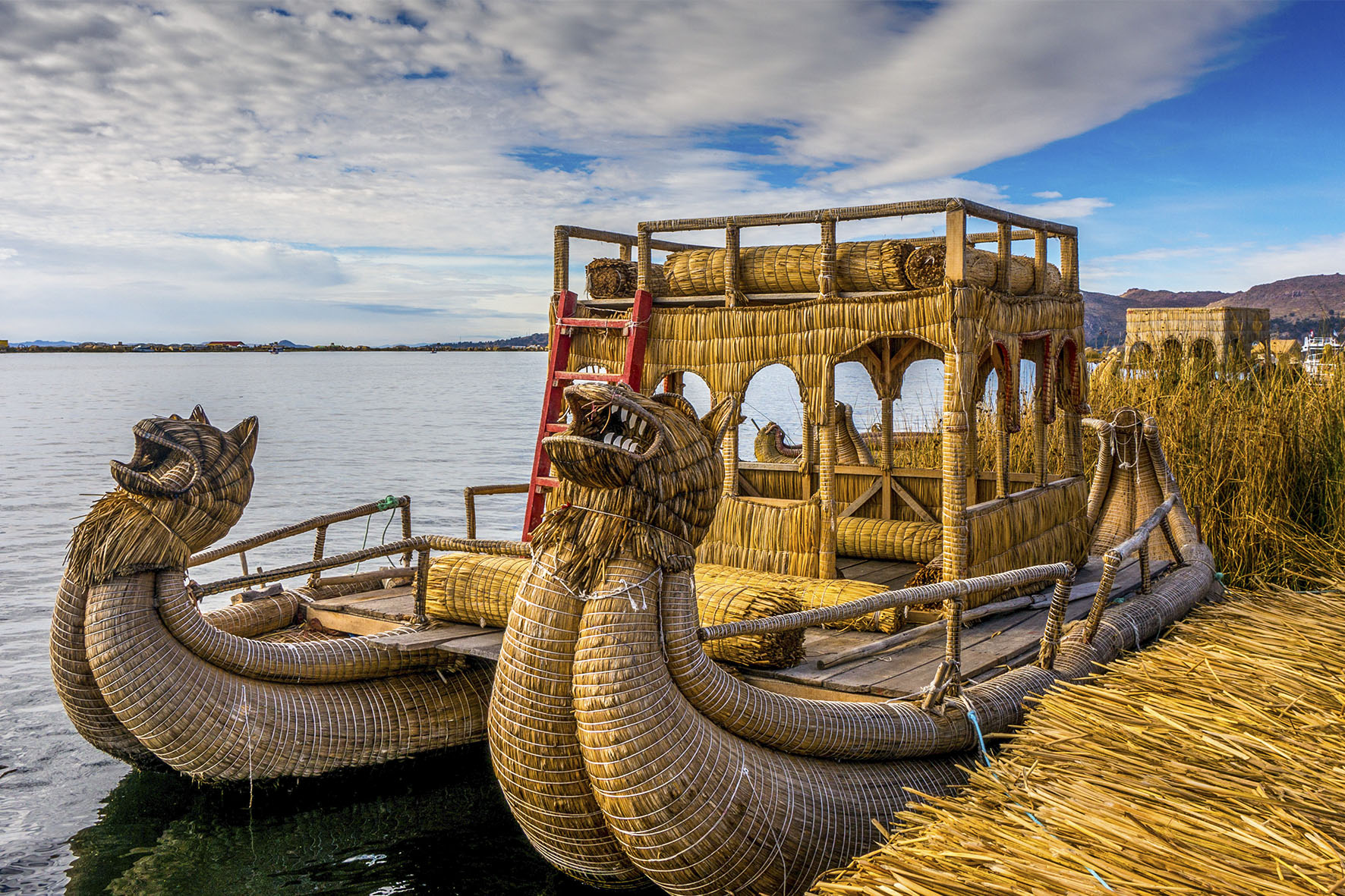

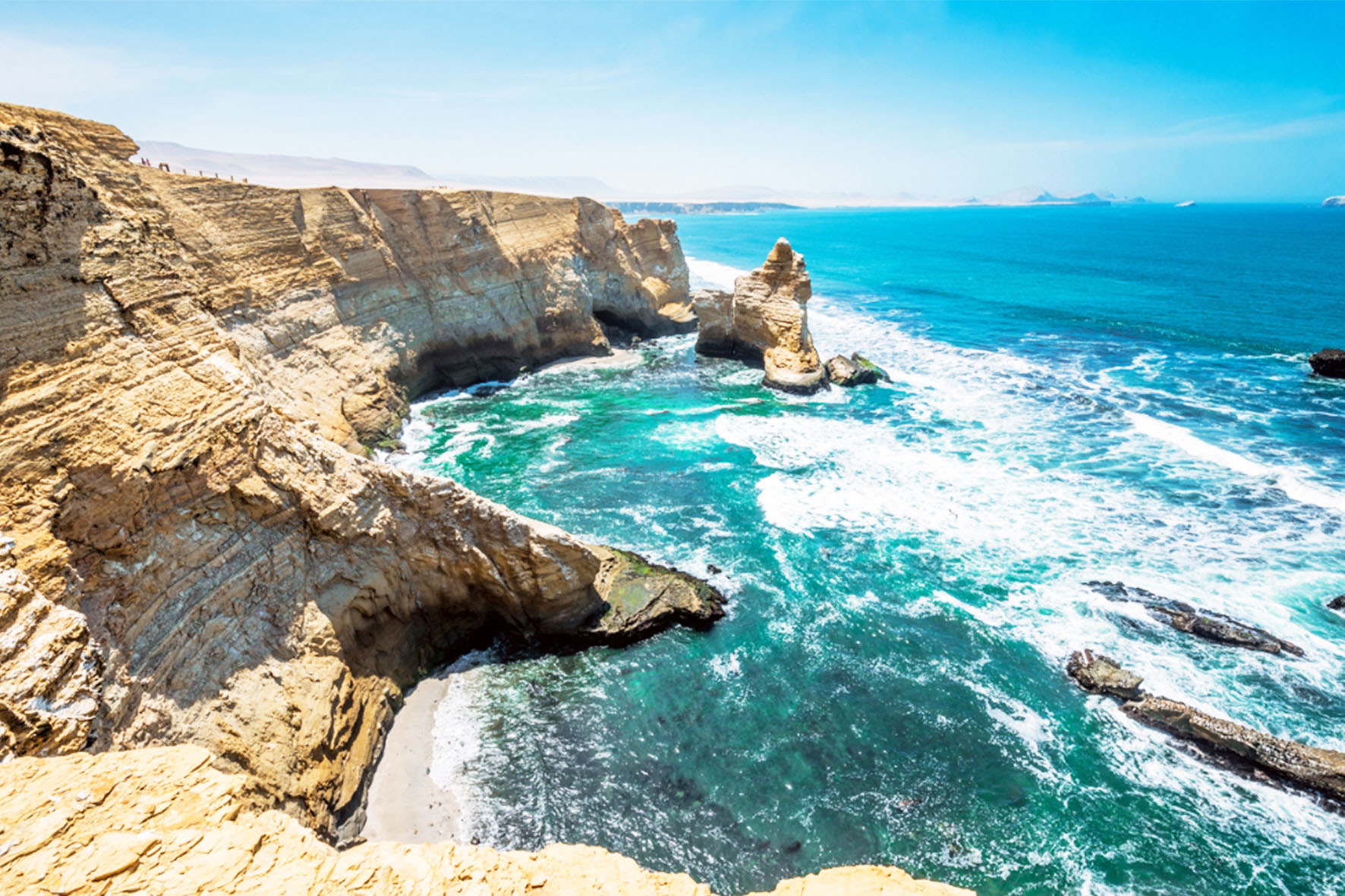



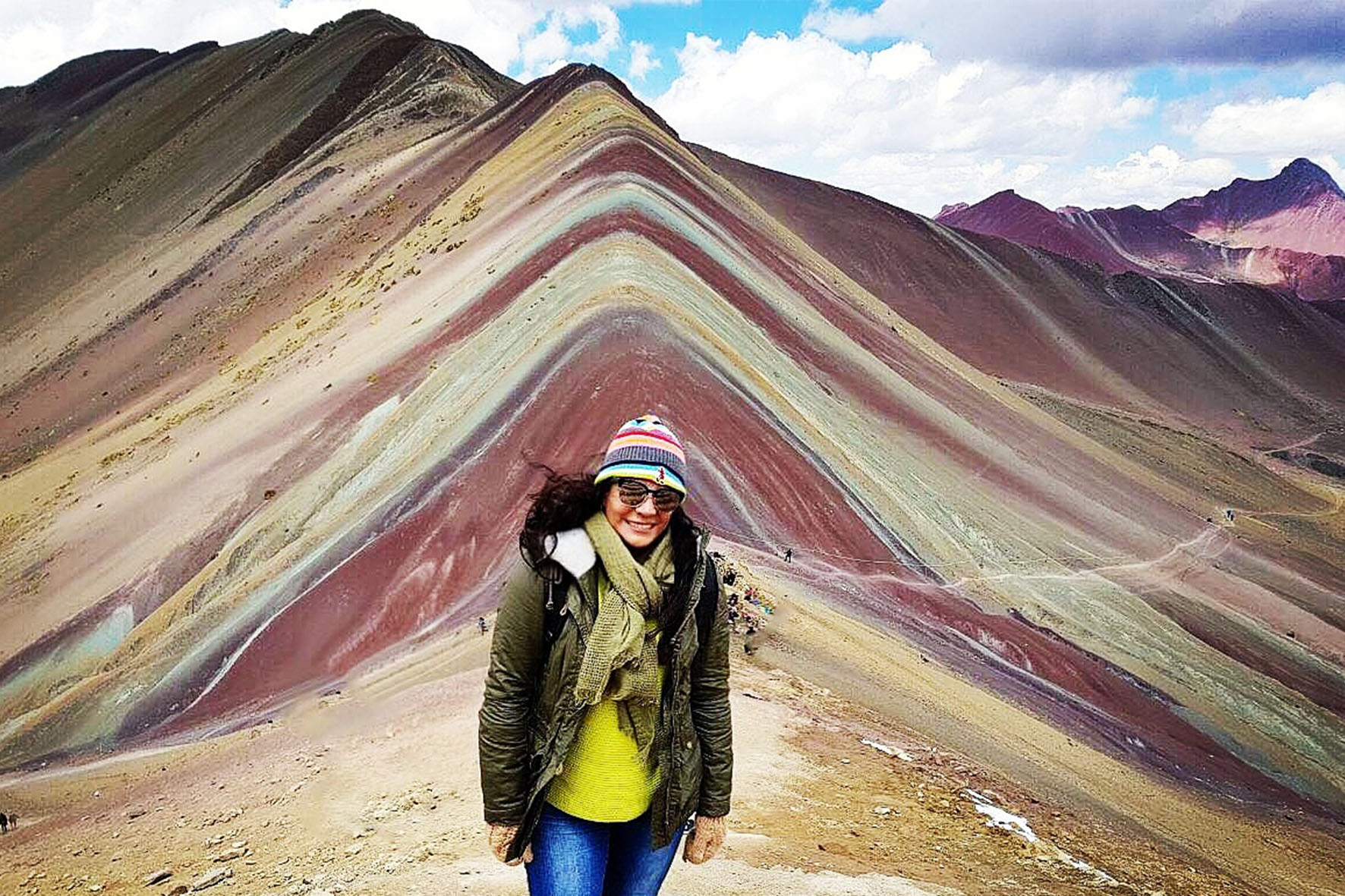





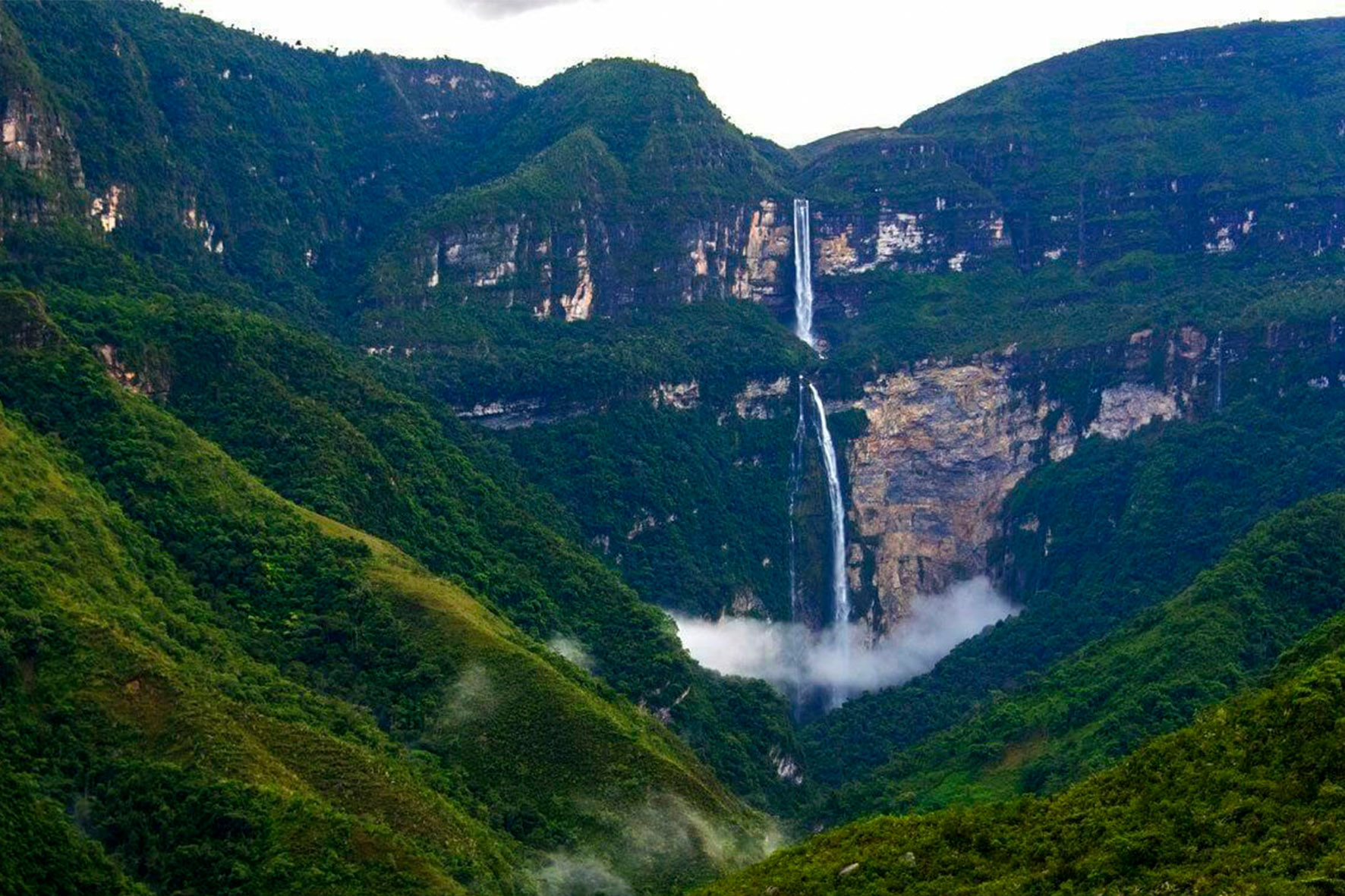
 Credits: T News
Credits: T News Huaca Pucllana: this is a stone complex located in the heart of Peru’s capital city, in the vibrant district of Miraflores. This was an administrative and ceremonial center for the Lima culture. Not many tourists opt for a visit to the Huaca Pucllana, but we always suggest to spend a couple of hours there, preferebly in the morning, so that you have time to visit the museum and have a lunch at the beautiful restaurant overlooking the archeological site as wel. What is really fashinating about this archeological site is that is now merged among contemporary architecture buildings, it is worth a visiti if you happen to stay in Lima for a couple of days.
Huaca Pucllana: this is a stone complex located in the heart of Peru’s capital city, in the vibrant district of Miraflores. This was an administrative and ceremonial center for the Lima culture. Not many tourists opt for a visit to the Huaca Pucllana, but we always suggest to spend a couple of hours there, preferebly in the morning, so that you have time to visit the museum and have a lunch at the beautiful restaurant overlooking the archeological site as wel. What is really fashinating about this archeological site is that is now merged among contemporary architecture buildings, it is worth a visiti if you happen to stay in Lima for a couple of days.
 Credits: Viator
Credits: Viator Credits: Apuntes de Historia
Credits: Apuntes de Historia Credits: Ministerio de Cultura
Credits: Ministerio de Cultura Credits: Wikipedia
Credits: Wikipedia Credits: Cultura
Credits: Cultura Credits: Andina
Credits: Andina
 This article aims to give you a sample itinerary that you can do in one or two days, this is up to you and you should see how it can fit into the itinerary you planned. You can come back to Lima late at night on the same day or if you prefer you can spend the night in Ica.
This article aims to give you a sample itinerary that you can do in one or two days, this is up to you and you should see how it can fit into the itinerary you planned. You can come back to Lima late at night on the same day or if you prefer you can spend the night in Ica. Let’s start then! You have to take the bus to Paracas from Lima very early in the morning, around 4:00 am, just check the timetable of the bus company of your preference. I would suggest you to choose Cruz del Sur, which is a very reliable company and it is also considered one of the safest bus lines in the country. The buses are clean and very comfortable! You can actually take advantage of the comfy seats to have a nap during the 3-hour and half trip from Lima to Paracas. Believe this nap is worth it! Just try to rest before your excursion starts, this is going to be a long day.
Let’s start then! You have to take the bus to Paracas from Lima very early in the morning, around 4:00 am, just check the timetable of the bus company of your preference. I would suggest you to choose Cruz del Sur, which is a very reliable company and it is also considered one of the safest bus lines in the country. The buses are clean and very comfortable! You can actually take advantage of the comfy seats to have a nap during the 3-hour and half trip from Lima to Paracas. Believe this nap is worth it! Just try to rest before your excursion starts, this is going to be a long day. Once in Paracas, your tour of the reserve will start from “El Chaco” pier, where you board your boat. So first of all you will have a nice and relaxing tour of the reserve by boat during which you could see the famous ”El Candelabro”, a large prehistoric petroglyph of unknown origin spanning over 150 meters high and 50 meters wide, which is considered a mysterious symbol. There are tons of theories on it, one of them states that perhapsthe symbols was used as guide for sailors many years ago. As we approach the islands, you will see the rock formations from every angle as well as the different species of animals and birds that habitat the island, like sea lions, Peruvian booby, cormorans, penguins and much more. There are more of 400 species of flora and fauna in the area, so if you are into nature and wild animals, this is the place to visit!
Once in Paracas, your tour of the reserve will start from “El Chaco” pier, where you board your boat. So first of all you will have a nice and relaxing tour of the reserve by boat during which you could see the famous ”El Candelabro”, a large prehistoric petroglyph of unknown origin spanning over 150 meters high and 50 meters wide, which is considered a mysterious symbol. There are tons of theories on it, one of them states that perhapsthe symbols was used as guide for sailors many years ago. As we approach the islands, you will see the rock formations from every angle as well as the different species of animals and birds that habitat the island, like sea lions, Peruvian booby, cormorans, penguins and much more. There are more of 400 species of flora and fauna in the area, so if you are into nature and wild animals, this is the place to visit! Once you finish this tour you will have to go back to Paracas bus station to start your bus trip to Ica. Once again I suggest you to go with Cruz el Sur. There’s nothing better to relax a bit after the boat ride during the 1 hour and half bus ride from Paracas to Ica. Before starting your Ica city tour I would advise you to grab some lunch, food and wine are delicious in Ica region, so you have plenty of choices. A very good spot to have lunch is the Las Dunas Hotel, just that you know. During the Ica city tour you will have the chance to visit downtown Ica and the places nearby, then I suggest to make a stop at the Regional Museum, where you can see archeological artifacts from prehistorical to colonial eras, as potteries, textils, mummies, among others. They are all objects from the ancient civilizations who occupied the area: Paracas, Nasca, Wari, Ica – Chincha and Inca.
Once you finish this tour you will have to go back to Paracas bus station to start your bus trip to Ica. Once again I suggest you to go with Cruz el Sur. There’s nothing better to relax a bit after the boat ride during the 1 hour and half bus ride from Paracas to Ica. Before starting your Ica city tour I would advise you to grab some lunch, food and wine are delicious in Ica region, so you have plenty of choices. A very good spot to have lunch is the Las Dunas Hotel, just that you know. During the Ica city tour you will have the chance to visit downtown Ica and the places nearby, then I suggest to make a stop at the Regional Museum, where you can see archeological artifacts from prehistorical to colonial eras, as potteries, textils, mummies, among others. They are all objects from the ancient civilizations who occupied the area: Paracas, Nasca, Wari, Ica – Chincha and Inca. After the visit to the city main spots you can also drop by one of the vineyards located in the area. Do not forget that Ica region is where the majority of Peruvian wines and Piscos are produced. You will have the chance to learn how the Peruvian national spirit, Pisco, is produced, learn about the different types of Pisco and of course you will be able to taste them, as well as the wine produced in the area. The virieties depends on the different kinds of grape used in the elaboration process.
After the visit to the city main spots you can also drop by one of the vineyards located in the area. Do not forget that Ica region is where the majority of Peruvian wines and Piscos are produced. You will have the chance to learn how the Peruvian national spirit, Pisco, is produced, learn about the different types of Pisco and of course you will be able to taste them, as well as the wine produced in the area. The virieties depends on the different kinds of grape used in the elaboration process.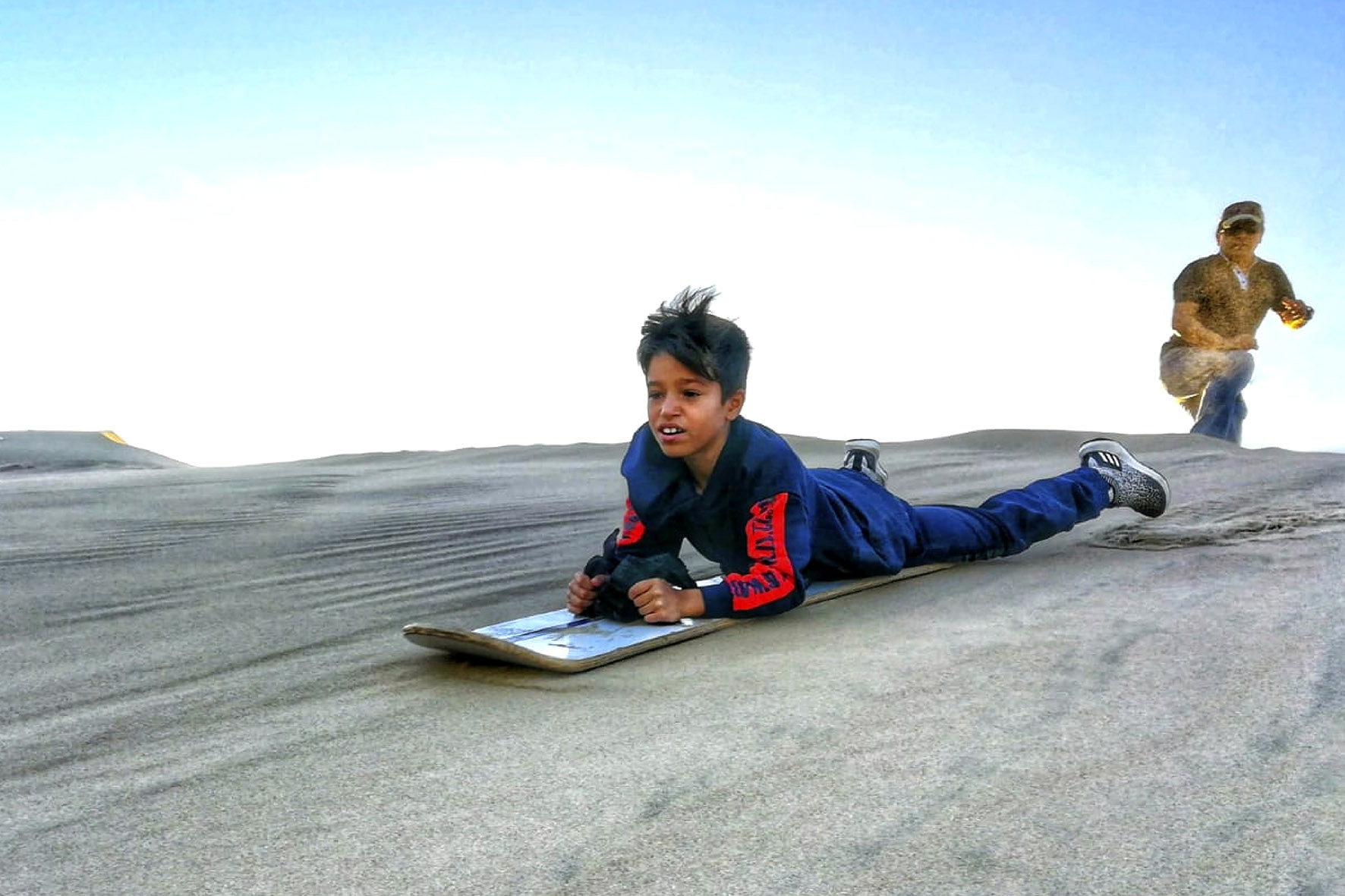 At the end of the day you will visit The Huacachina Lagoon, also called «El Oasis de America”, there you will enjoy a beautiful view and a sunny landscapes, which are very hard to forget. Take a good camara, since during this long day you will have the opportunity to take some great shots. The oasis is surrounded by sand dunes, palms, huarango trees and beautiful houses. In the oasis you can choose to simply relax and enjoy the sun and the stunning landscape or if you are into active holidays you can try the dune buggies activity and the sandboarding. Before jumping on the buggy make sure that you are with a professional driver. You will basically go up and down the dunes with the buggy and it is a lot of fun. If you are traveling with kids, Huacachina is the place to go, they will enjoy themselves a lot there. You can also try sandboard, which is a very common activity in the area. It is like the snowboarding but it is done on the sand, so if you fall down, i twill be on the sand … how amazing!
At the end of the day you will visit The Huacachina Lagoon, also called «El Oasis de America”, there you will enjoy a beautiful view and a sunny landscapes, which are very hard to forget. Take a good camara, since during this long day you will have the opportunity to take some great shots. The oasis is surrounded by sand dunes, palms, huarango trees and beautiful houses. In the oasis you can choose to simply relax and enjoy the sun and the stunning landscape or if you are into active holidays you can try the dune buggies activity and the sandboarding. Before jumping on the buggy make sure that you are with a professional driver. You will basically go up and down the dunes with the buggy and it is a lot of fun. If you are traveling with kids, Huacachina is the place to go, they will enjoy themselves a lot there. You can also try sandboard, which is a very common activity in the area. It is like the snowboarding but it is done on the sand, so if you fall down, i twill be on the sand … how amazing! At the end of this long day, you can just overnight in Huacachina and enjoy an additional half day there, which is highly reccommended, especially if you are traveling with kids, but if you prefer you can also take the night bus back to Lima. Another possibility is that you take the bus to Nazca, sleep there so that you can fly over the Nazca lines very early the next morning. These are options that I can suggest you if you are planning to spend 4-5 days in Lima, this is a great plan for a day or a two-day trip to escape Lima’s caos.
At the end of this long day, you can just overnight in Huacachina and enjoy an additional half day there, which is highly reccommended, especially if you are traveling with kids, but if you prefer you can also take the night bus back to Lima. Another possibility is that you take the bus to Nazca, sleep there so that you can fly over the Nazca lines very early the next morning. These are options that I can suggest you if you are planning to spend 4-5 days in Lima, this is a great plan for a day or a two-day trip to escape Lima’s caos.
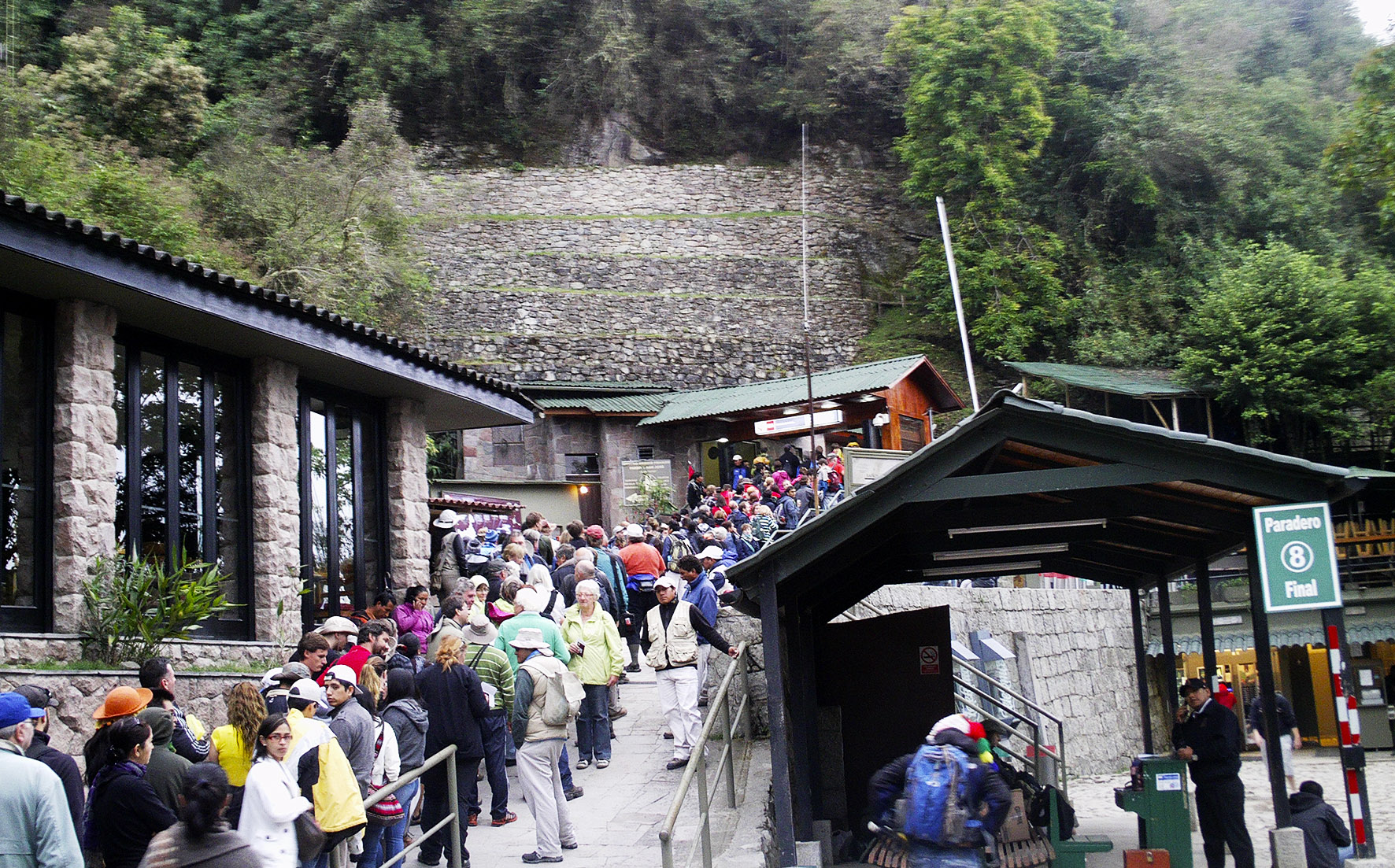





 Intipunku Entry Tickets
Intipunku Entry Tickets